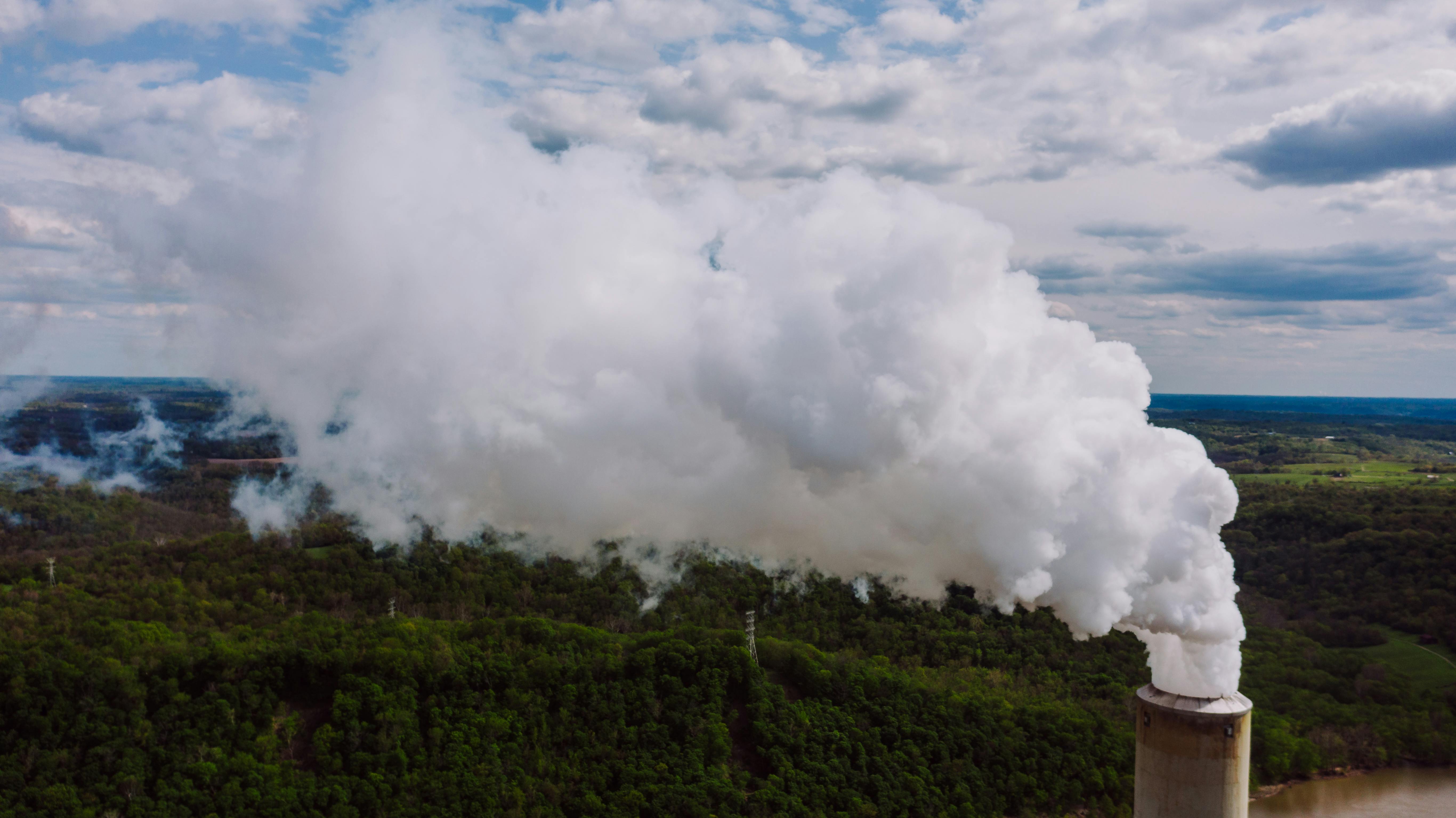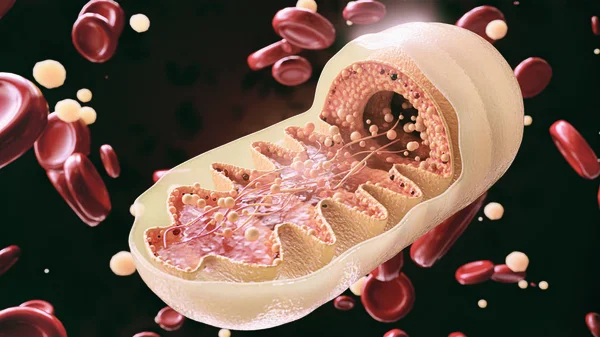Table of Contents
Environmental Stress and VO₂ Max: How Heat, Altitude, and Pollution Shape Your Fitness

Introduction
Most people think of fitness as a simple equation: train harder, get fitter. But the truth is, your environment plays a massive role in how well your body performs—and how high your VO₂ Max can climb. Whether it's the thin air of the mountains, the heavy heat of summer, or even city smog, environmental stressors can either limit or, in some cases, enhance your aerobic potential.
Understanding these effects isn't just academic—it's practical. If you know how your environment shapes VO₂ Max, you can train smarter, adapt better, and track your progress more accurately with tools like our VO₂ Max device.
What Is VO₂ Max and Why Does It Matter?
VO₂ Max is the maximum amount of oxygen your body can use during intense exercise. Think of it as your body's engine size. A bigger "engine" means more energy, better endurance, and greater resilience to disease. Research consistently shows VO₂ Max is one of the strongest predictors of long-term health and longevity (NIH).
But here's the catch: VO₂ Max isn't fixed. Training improves it, age slowly lowers it, and your environment can shift it dramatically in either direction.
Environmental Stressor #1: Altitude
If you've ever hiked at high altitude, you know how quickly breathlessness sets in. That's because the air is thinner, meaning less oxygen is available to your muscles.
- Immediate Effect: At higher altitudes, VO₂ Max drops. For every 1,000 meters above sea level, VO₂ Max can decrease by about 7–9% (Wilderness & Environmental Medicine).
- Adaptation: Over weeks, your body starts producing more red blood cells, boosting its ability to carry oxygen. This is why many elite athletes train at altitude—they return to sea level with a temporary VO₂ Max advantage.
Practical Tip: If you live at an altitude or train there, tracking VO₂ Max with our device gives you insight into whether you're adapting or simply over-fatiguing.
Environmental Stressor #2: Heat
Exercising in hot places puts extra strain on your body. Instead of using all its resources for performance, your body diverts blood flow to the skin to cool you down.
- Immediate Effect: Heat reduces VO₂ Max during exercise. Studies show aerobic performance can drop by 10–15% in hot environments (Journal of Applied Physiology).
- Long-Term Adaptation: With repeated exposure, you sweat more efficiently, plasma volume expands, and your body learns to cool itself better. This heat acclimation can actually improve your VO₂ Max at normal temperatures.
Practical Tip: If you're training for a summer marathon or triathlon, measuring VO₂ Max while heat-training can help you track when your body has adapted.
Environmental Stressor #3: Pollution
Air quality may be the most overlooked factor. Inhaling pollutants like fine particulate matter (PM2.5) or ozone not only irritates the lungs but also reduces oxygen delivery.
- Research Insight: Chronic exposure to pollution is associated with reduced VO₂ Max and impaired cardiovascular health (Environmental Health Perspectives).
- Short-Term Effects: Even a few days of training in polluted air can lower exercise tolerance and slow recovery.
Practical Tip: If you train in cities, use our VO₂ Max device alongside local air quality data. This helps distinguish whether dips in your VO₂ Max are training-related or environment-related.
Why Do These Stressors Matter for Your Fitness Journey?
Environmental stressors aren't just obstacles—they're opportunities to train smarter.
- Altitude challenges your oxygen delivery system.
- Heat challenges your cooling and circulation system.
- Pollution challenges your respiratory defenses.
Each adds a layer of stress that can either limit you or, if managed well, make you stronger. But here's the key: without accurate measurement of VO₂ Max, you're left guessing whether you're adapting or overreaching.
The Role of Accurate VO₂ Max Tracking
Smartwatches estimate VO₂ Max using indirect data like heart rate and pace. But these estimates often fail when environmental stress skews the numbers. Our VO₂ Max device directly measures oxygen consumption, giving you precise, science-grade insights.
This accuracy matters because:
- It separates environmental effects from true fitness gains.
- It shows when adaptation has occurred (e.g., increased VO₂ Max after altitude camp).
- It helps prevent misinterpretation of temporary declines (e.g., heat stress vs. fitness loss).
Practical Takeaways
- Altitude: Expect an initial VO₂ Max drop; look for gradual recovery with adaptation.
- Heat: Monitor VO₂ Max to know when your body has acclimated.
- Pollution: Track VO₂ Max to protect against hidden declines in performance and health.
By consistently measuring VO₂ Max, you can align your training with the realities of your environment, making progress that's both efficient and safe.
Conclusion
Your environment is a silent training partner—sometimes helping, and sometimes hindering. Altitude, heat, and pollution can all alter VO₂ Max in meaningful ways. By tracking these changes accurately, you gain control over your training, your health, and your long-term performance.
With our VO₂ Max device, you don't have to guess. You can measure, adapt, and thrive—no matter where life takes you.
References
NIH: Cardiorespiratory Fitness and Health Outcomes
Wilderness & Environmental Medicine: VO₂ Max and Altitude
Journal of Applied Physiology: Heat Stress and Aerobic Performance
Environmental Health Perspectives: Air Pollution and Cardiovascular Risk
About the Author

Axovoc Editorial Desk
Our team is a group of engineers, researchers, and science communicators passionate about making biometric science accessible and engaging. We work closely with the developers of the Vortex device to bring you accurate, insightful content about VO₂, respiration, and human performance.
Want to contribute or suggest a topic? Contact us.


